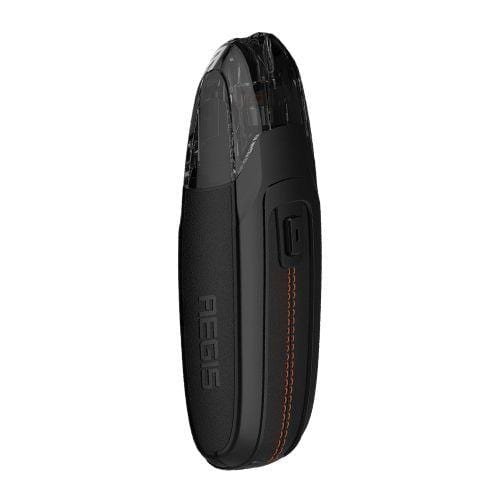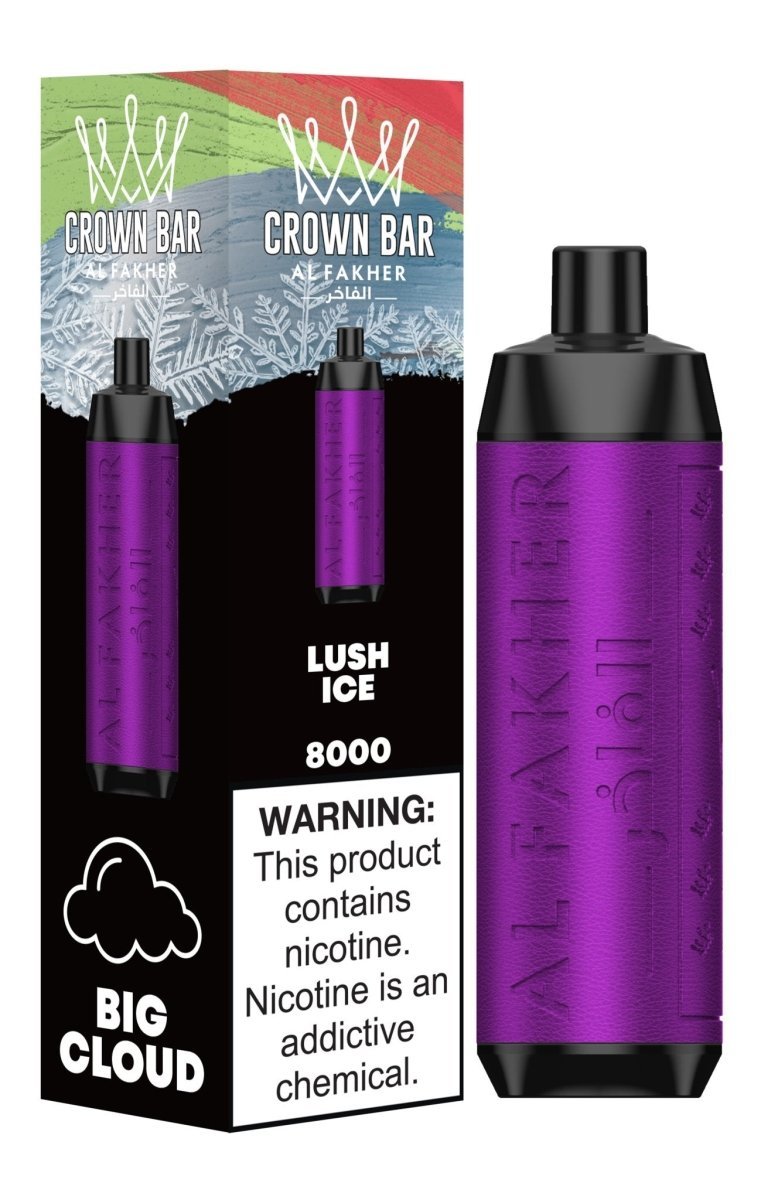E Cig Batteries and Charger Safety: What Every Vaper Should Know
Vaping has gained immense popularity as an alternative to traditional smoking, but with the rise in usage comes the responsibility of understanding how to properly care for your e-cigarette’s battery and charger. E-cig batteries are powerful components that require careful handling to ensure safe operation. Whether you’re using an internal or external battery, improper use can lead to risks such as overheating, leaks, and even battery failures. To keep your vaping experience safe and reliable, it’s crucial to understand the key aspects of e-cig battery and charger safety. This guide will walk you through essential tips and best practices for handling your e-cig batteries safely.
Thank you for reading this post, don't forget to subscribe!The Importance of E-Cig Battery and Charger Safety
The battery is the heart of your e-cigarette, providing the power needed to heat the coil and vaporize the e-liquid. When charging or using e-cig batteries, safety should always be a top priority. Mishandling or improper charging practices can lead to damaged batteries, shortened battery life, or more severe safety issues, including explosions or fires. To avoid these risks, it’s essential to follow safety protocols and handle your e-cig equipment responsibly.
Key Tips for E-Cig Battery Safety
- Use the Correct Battery for Your Device
Each e-cig device is designed to work with specific types of batteries. Whether your device uses internal or external batteries, always ensure that the battery’s voltage and capacity (measured in mAh) match the requirements of your e-cig. Using the wrong battery can cause the device to overheat or malfunction. Always check the manufacturer’s specifications for your device to make sure you’re using the right battery.
- Charge Your Battery with the Right Charger
Using a charger that is compatible with your e-cig’s battery is vital for safety. Never use random or cheap third-party chargers, as they may not provide the correct power or safety features needed for your device. Only use the charger supplied by the manufacturer or one that is designed specifically for your battery type. Third-party chargers can sometimes overcharge, undercharge, or overheat, which can significantly shorten the battery life or cause damage.
- Avoid Overcharging Your E-Cig Battery
While modern e-cig batteries generally have overcharge protection, it’s still a good habit to unplug the device as soon as it’s fully charged. Leaving your device on the charger for extended periods can lead to overheating and eventual battery degradation. To maximize battery health and lifespan, unplug your e-cig when it reaches 100% and avoid charging it overnight if possible.
- Monitor Your Battery for Damage
Regularly check your e-cig battery for any signs of wear and tear. If you notice any dents, scratches, or leakage, it may be time to replace your battery. Damaged batteries can be dangerous, as they are more prone to malfunction or failure. Always inspect your device and batteries before use to ensure they are in good condition.
- Do Not Use a Damaged Charger
Just like batteries, chargers can also experience wear and tear. If your charger shows signs of fraying, bent prongs, or exposed wires, it’s best to replace it immediately. A damaged charger can lead to faulty charging and pose a fire hazard. Always store your charger in a safe place to prevent accidental damage.
- Store Your E-Cig Battery Properly
When not in use, store your e-cig battery in a cool, dry place away from direct sunlight and extreme temperatures. Avoid leaving your battery in hot environments like a car, as this can cause it to overheat and potentially malfunction. For removable batteries, consider using a protective case to prevent short-circuiting and physical damage.
- Never Leave Your E-Cig Battery Unattended While Charging
Never leave your e-cig battery unattended while it’s charging, especially overnight or when you’re not at home. Although modern devices have safety features, issues can still arise, and it’s better to be safe than sorry. Keep an eye on your device while it’s charging, and avoid charging it in places where heat or fire could be a concern.
- Dispose of Batteries Properly
Old, damaged, or expired e-cig batteries should not be thrown away in the regular trash. Many cities have special recycling centers for lithium-ion batteries, which is the type commonly used in e-cigarettes. When your battery no longer holds a charge, take it to a recycling center to ensure it is disposed of safely.
How to Safely Handle External E-Cig Batteries
External batteries are often used in more advanced e-cig devices and mods. These batteries can be easily removed and replaced, offering flexibility in terms of battery capacity and power. However, external batteries require extra caution due to their exposed terminals and higher voltage potential.
- Protect the Battery Terminals
When using external batteries, always keep the positive and negative terminals covered with plastic wraps or insulating caps. Exposed terminals can easily short-circuit if they come into contact with metal objects like coins or keys. Always store your spare batteries in a battery case designed to keep the terminals protected.
- Use a High-Quality Battery Wrap
Battery wraps are protective coatings that cover your e-cig battery. Over time, these wraps can get torn, exposing the battery’s internal components. If the wrap on your battery is damaged, replace it immediately, or the battery may become a fire hazard. Ensure the wrap is intact before use.
- Charge in a Safe Location
For external batteries, use a reputable battery charger specifically designed for vaping batteries. Ideally, use a charger with multiple protection features like overcharge, over-discharge, and short-circuit protection. Charging your external batteries in a fireproof or heat-resistant location is a good safety practice.
Battery Safety: What to Do in Case of a Problem
If you experience any of the following symptoms with your e-cig battery, take immediate action:
- The battery is overheating: Unplug the charger immediately and allow the device to cool. If the device continues to overheat after charging, stop using it and replace the battery.
- The battery is leaking: Remove the battery from the device, dispose of it properly, and replace it.
- The battery isn’t holding a charge: Replace the battery if it no longer charges properly or holds a charge for as long as it should.
FAQs
- Can I use any charger for my e-cig? No, always use the charger that came with your device or one designed specifically for your e-cigarette’s battery. Using the wrong charger can cause damage.
- How do I know if my e-cig battery is damaged? Signs of a damaged e-cig battery include visible dents, scratches, leaks, or unusual heating. Replace any damaged batteries immediately.
- Can I leave my e-cig battery charging overnight? It’s not recommended to leave your e-cig charging overnight, even if your device has overcharge protection. Unplug it once it’s fully charged.
- What should I do if my battery starts to overheat? Immediately stop using the battery, unplug it from the charger, and allow it to cool down. If the problem persists, replace the battery.
- How should I store my e-cig batteries when not in use? Store your e-cig batteries in a cool, dry place away from extreme temperatures and sunlight. For external batteries, keep them in a protective case to avoid damage.
Conclusion
E-cig battery and charger safety is essential for ensuring a safe and enjoyable vaping experience. By following the proper handling, charging, and storage practices outlined in this guide, you can maximize the lifespan of your device while minimizing the risk of battery-related accidents. Always stay vigilant and prioritize safety when using e-cigarettes, and your vaping experience will be more reliable and worry-free.




